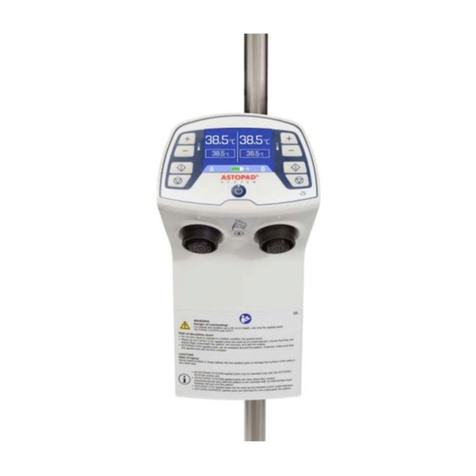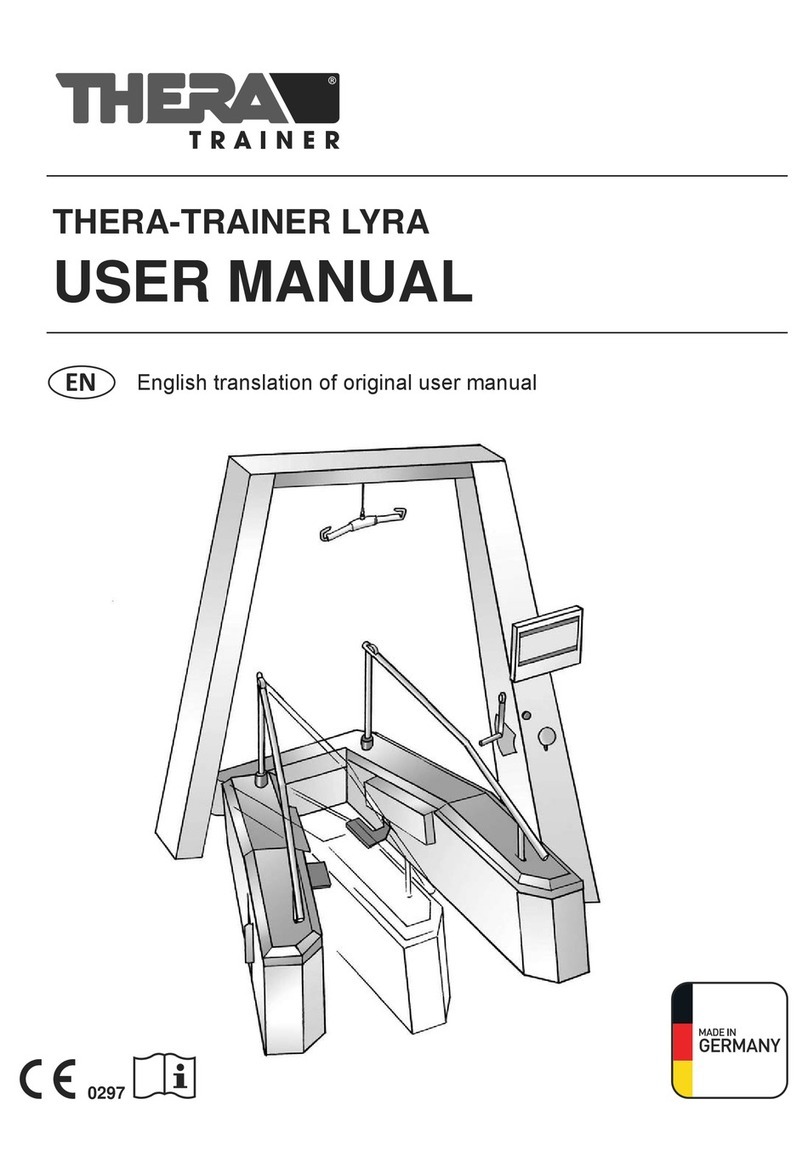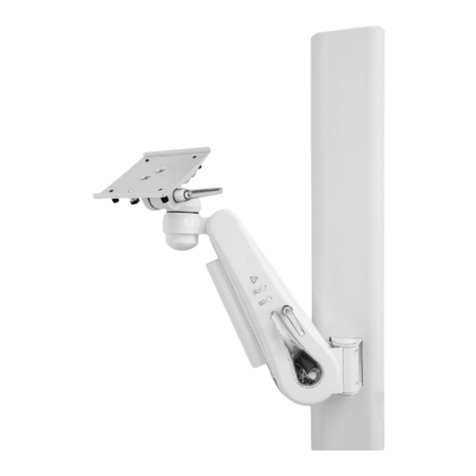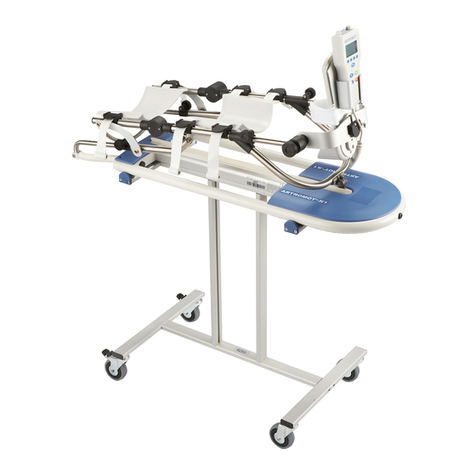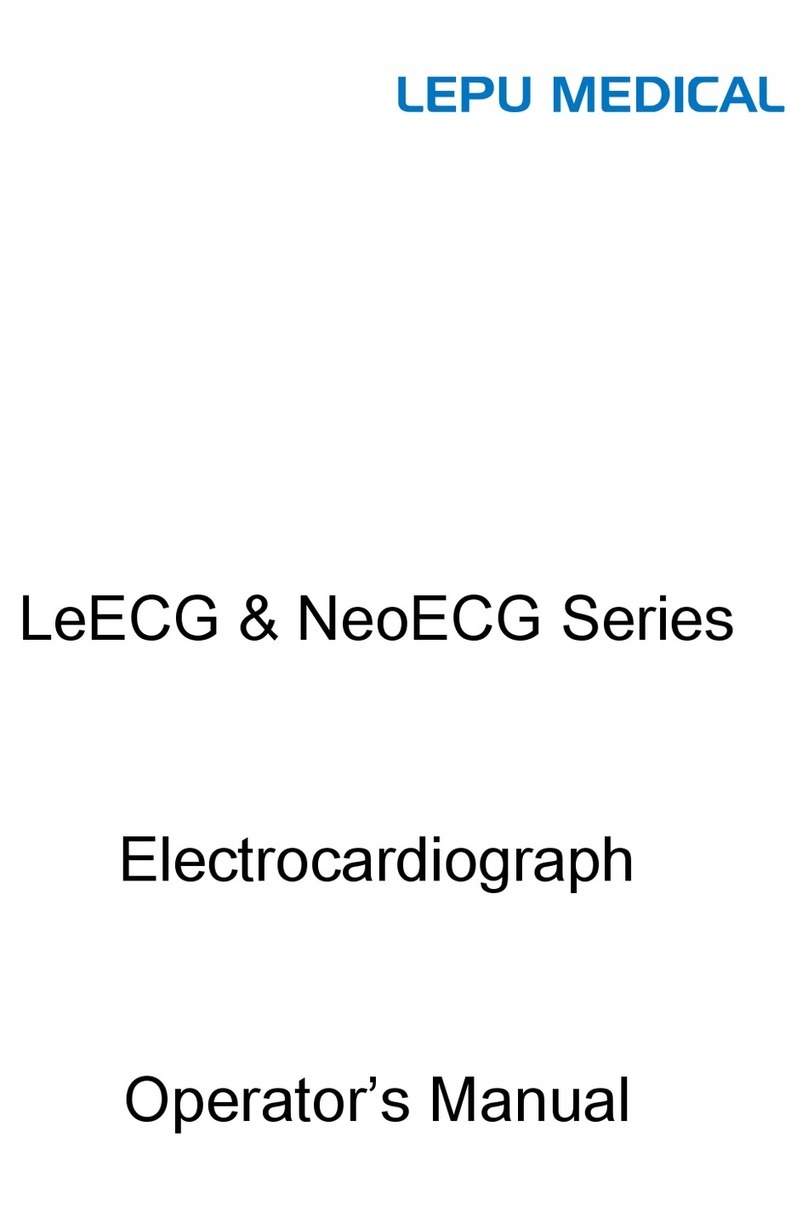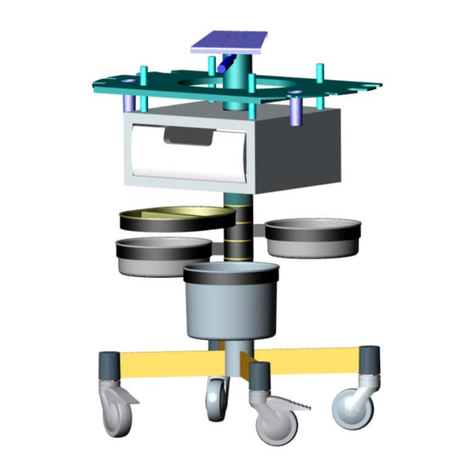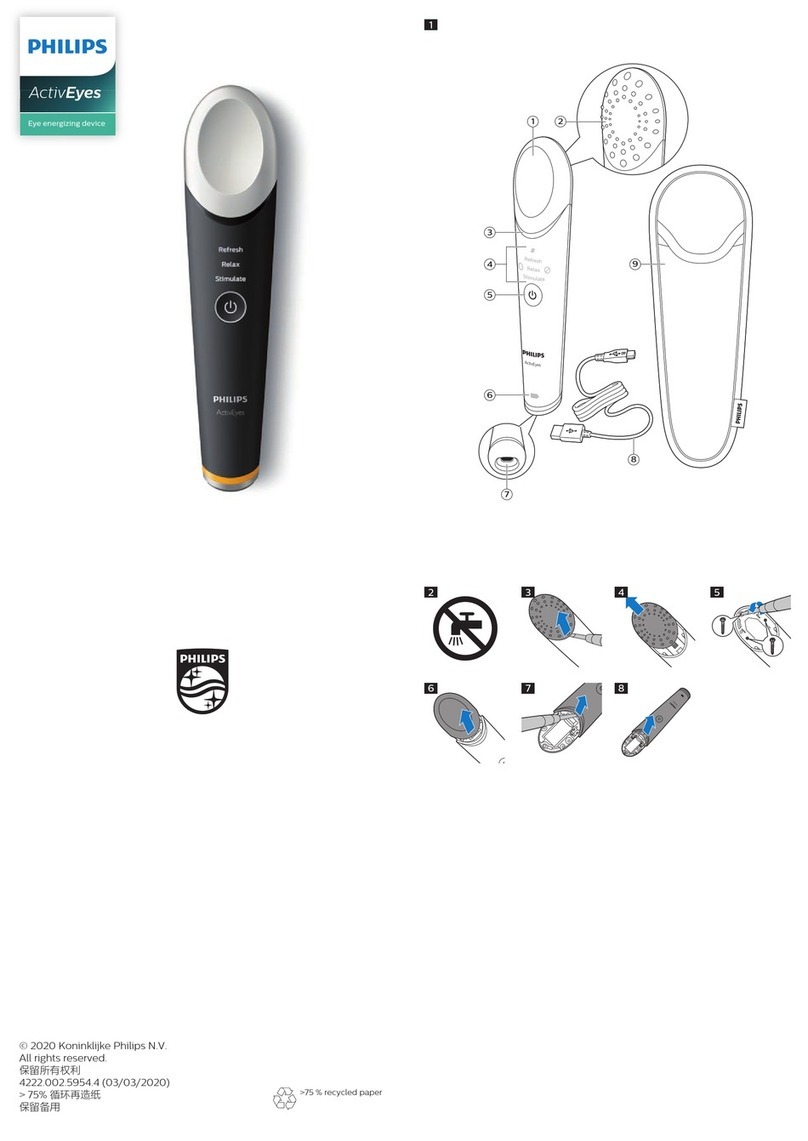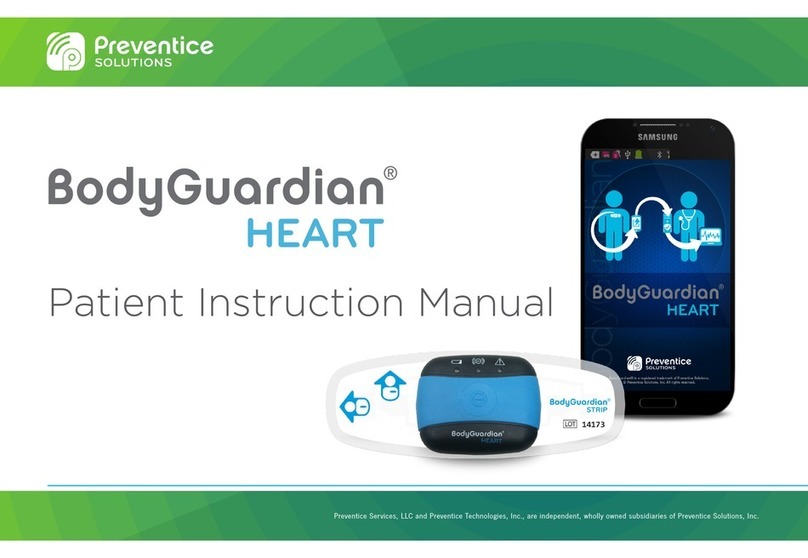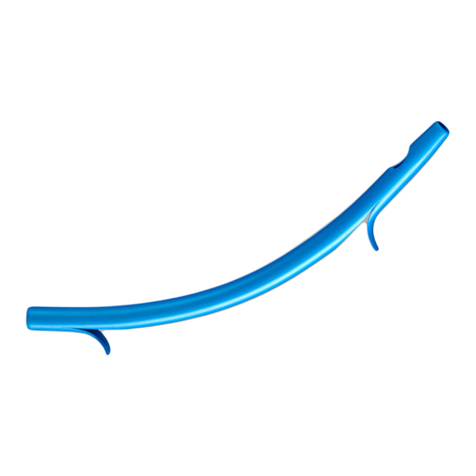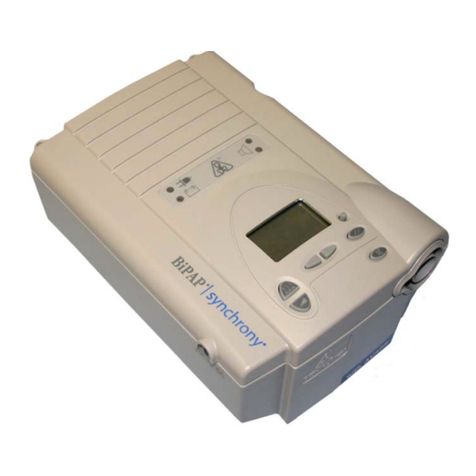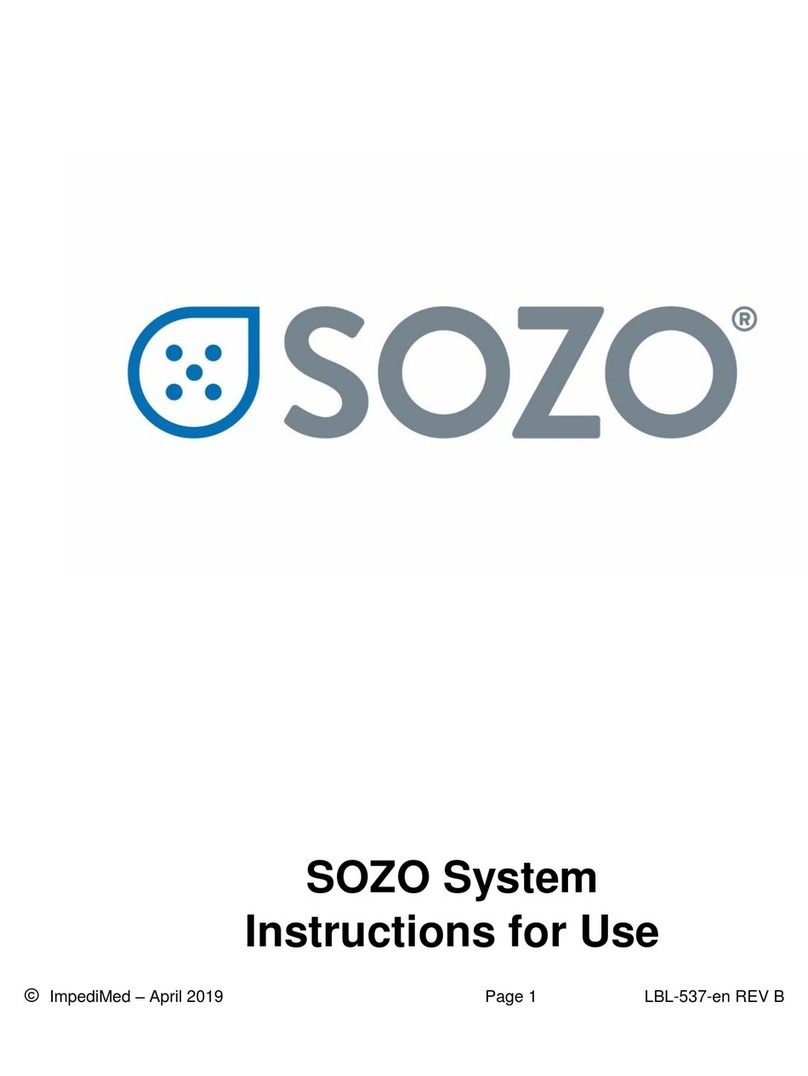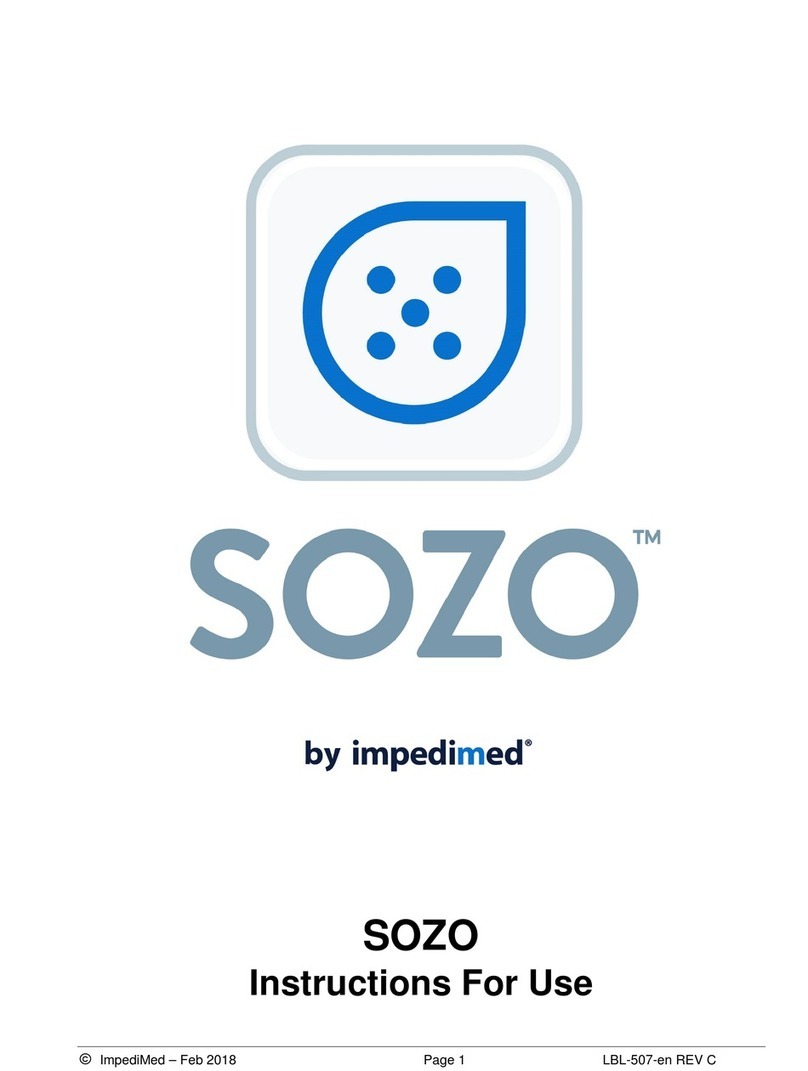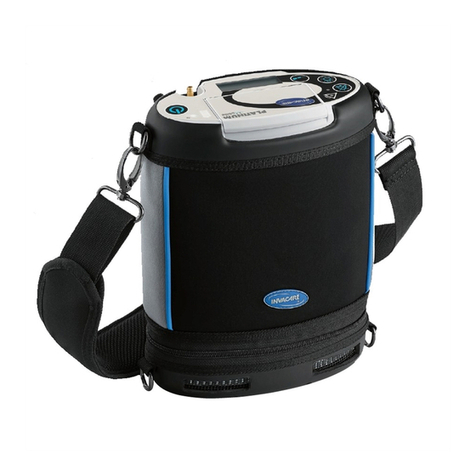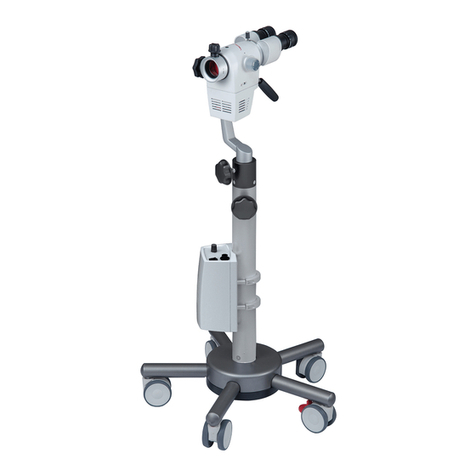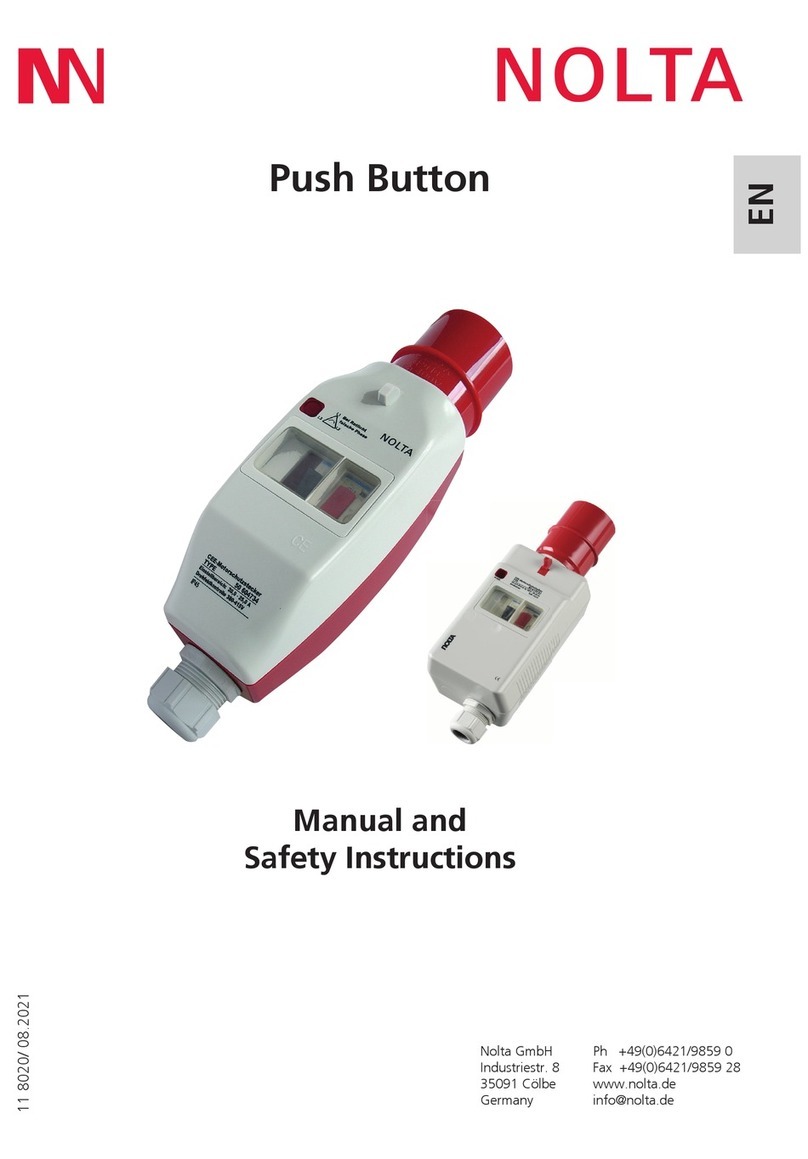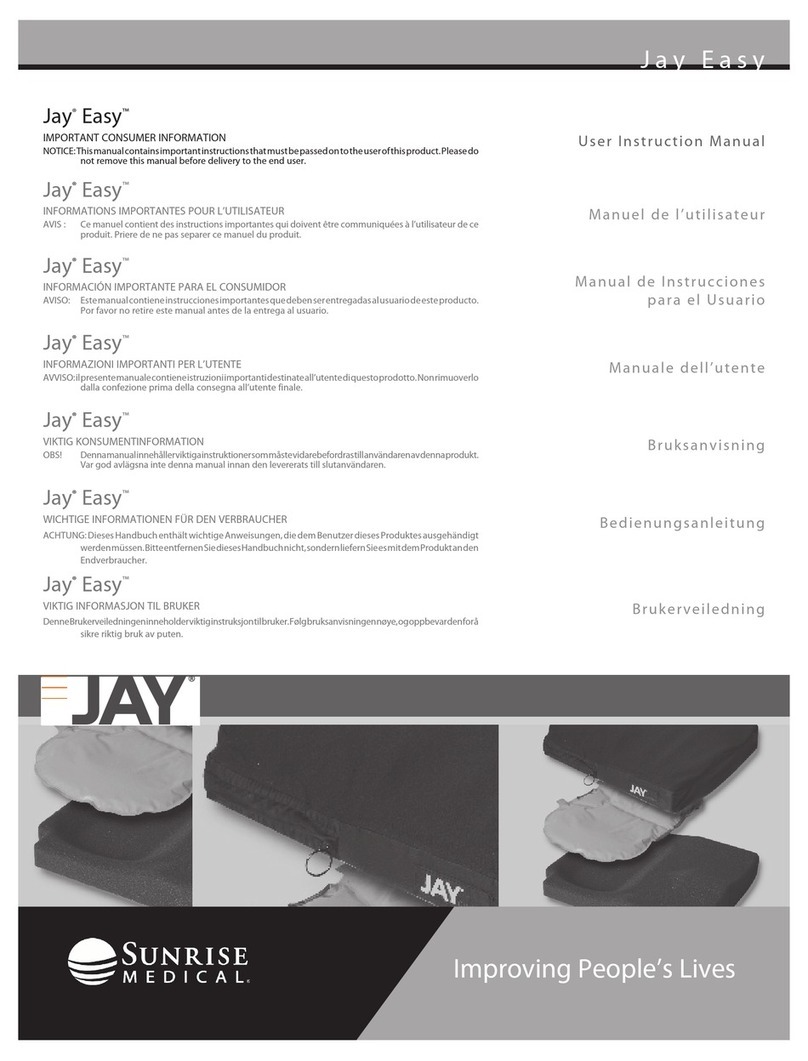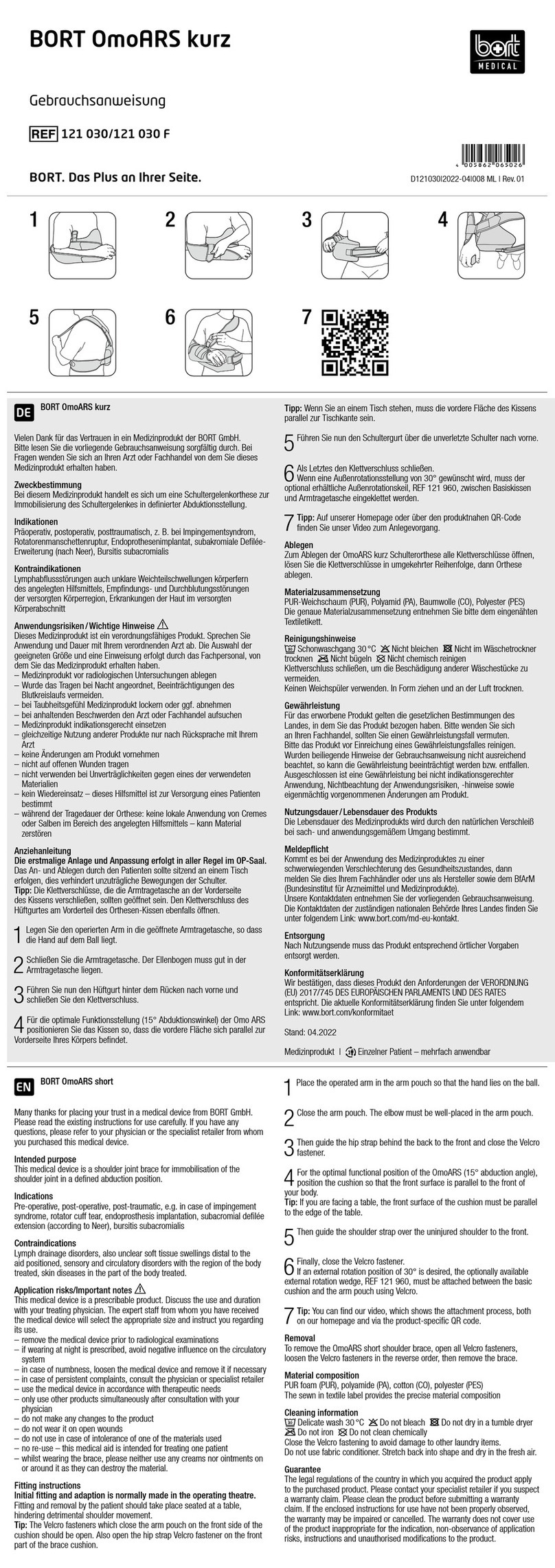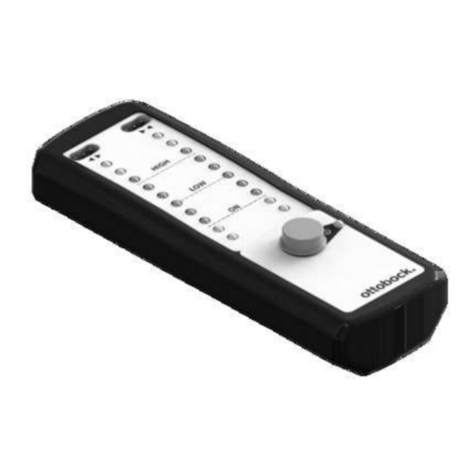
Printed copies are not controlled.
PC-POD-CP-010-v02
This mode measures bioimpedance parameters over a frequency range of 4-1000 kHz
with 256 data points defining the BIS mode as a true BIS. On-screen graphs display the
measured data in the form a cole-cole plot.In addition, the characteristic frequency for
the subject is determined as well as total cell membrane capacitance. These estimates
are then used in algorithms to give body water and fat-free mass. This mode is what is
most commonly used in community programs at PERFORM.
b. SFBI Mode
This mode measures bioimpedance parameters over a frequency range of 4-1000 kHz.
There are 8 selectable frequencies of which 5 are fixed and 3 are user definable. The 5
fixed frequencies are: 5, 10, 50, 100, 500 kHz, and the 3 user definable frequencies may
be any in the range of available frequencies. A user may also specify the number of
measurements to be taken, with a specified measurement interval.
The SFBI function is included to allow a user to compute and present estimates of body
composition using published algorithms.
c. Predetermined Measurements Settings
Tapping (with stylus) the arrow button next to the “Measurements” selection box
allows the selection of single or continuous measurements, or several measurements
made spaced at a selected interval of time. In continuous mode, another measurement is
taken immediately after the previous measurement has been completed. In interval
mode, another sequential measurement is made after the interval of time selected (in
seconds). This is done by tapping the arrow buttons next to the “Interval” edit box or
by tapping inside the “Interval” edit box which will make the keypad option available.
For Interval and Continuous measurement settings, the number of measurements can
be selected by touching the arrow buttons next to the “Number” edit box or by tapping
inside the “Number” edit box which will make the keypad option available.
5. Contraindications for Use
This unit must not be used on participants with the following devices/conditions:
a. Active implanted medical devices (e.g. cardiac pacemaker, defibrillators, or
participants connected to electronic life support devices)
b. Undergoing external defibrillation
c. Pregnant










